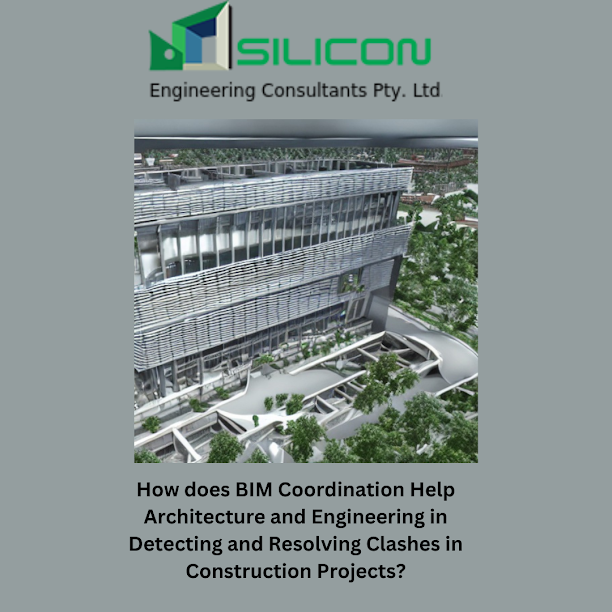The success of any construction or building project relies heavily on proper and precise structural CAD drafting. Selecting the right service provider for your structural CAD drafting requirements is crucial to ensure the efficient implementation of your project. With numerous options available in the market, it can be overwhelming to create the right choice. To help you navigate through this procedure, we have compiled a list of helpful tips to consider when selecting structural CAD drafting services.
Define Your Project Requirements
Before launching your search for the perfect structural CAD drafting service provider, it's essential to clearly define your project requirements. Take the time to consider the scope and complexity of your project, as well as the specific CAD drafting essentials and deliverables. This will enable you to communicate your requirements effectively with potential service providers and confirm they have the necessary expertise to meet your project goals. Whether you require 2D or 3D CAD drawings, structural CAD design services, or other specialized requirements, having a clear understanding of your project needs will be instrumental in making an informed decision.
Research and Evaluate Structural CAD services Providers
The first stage in discovering the right structural CAD drafting services is to perform a thorough analysis and evaluate possible service providers. Begin by searching for reputable businesses or freelancers that specialize in Structural CAD Drafting Services. Look for online portfolios, case studies, and customer testimonials to gain insights into their previous work and qualifications. Assess their expertise and experience in the field, ensuring they possess the necessary skills and knowledge to handle your project. It is also important to check if they are acquainted with relevant software and industry standards, as this can greatly impact the quality and compatibility of the final deliverables.
Communication and collaboration are key factors in ensuring a successful partnership with your chosen structural CAD drafting service provider. During the evaluation process, pay close awareness to their responsiveness and readiness to collaborate. Engage in discussions about project timelines, landmarks, and deliverables to assess their level of commitment and ability to meet your project's specific requirements. A service provider who actively listens understands your vision, and incorporates your feedback will contribute to a smoother and more prosperous project outcome. Additionally, consider their communication channels and determine whether they offer a seamless means of contact, ensuring you can readily reach them throughout the project duration.


